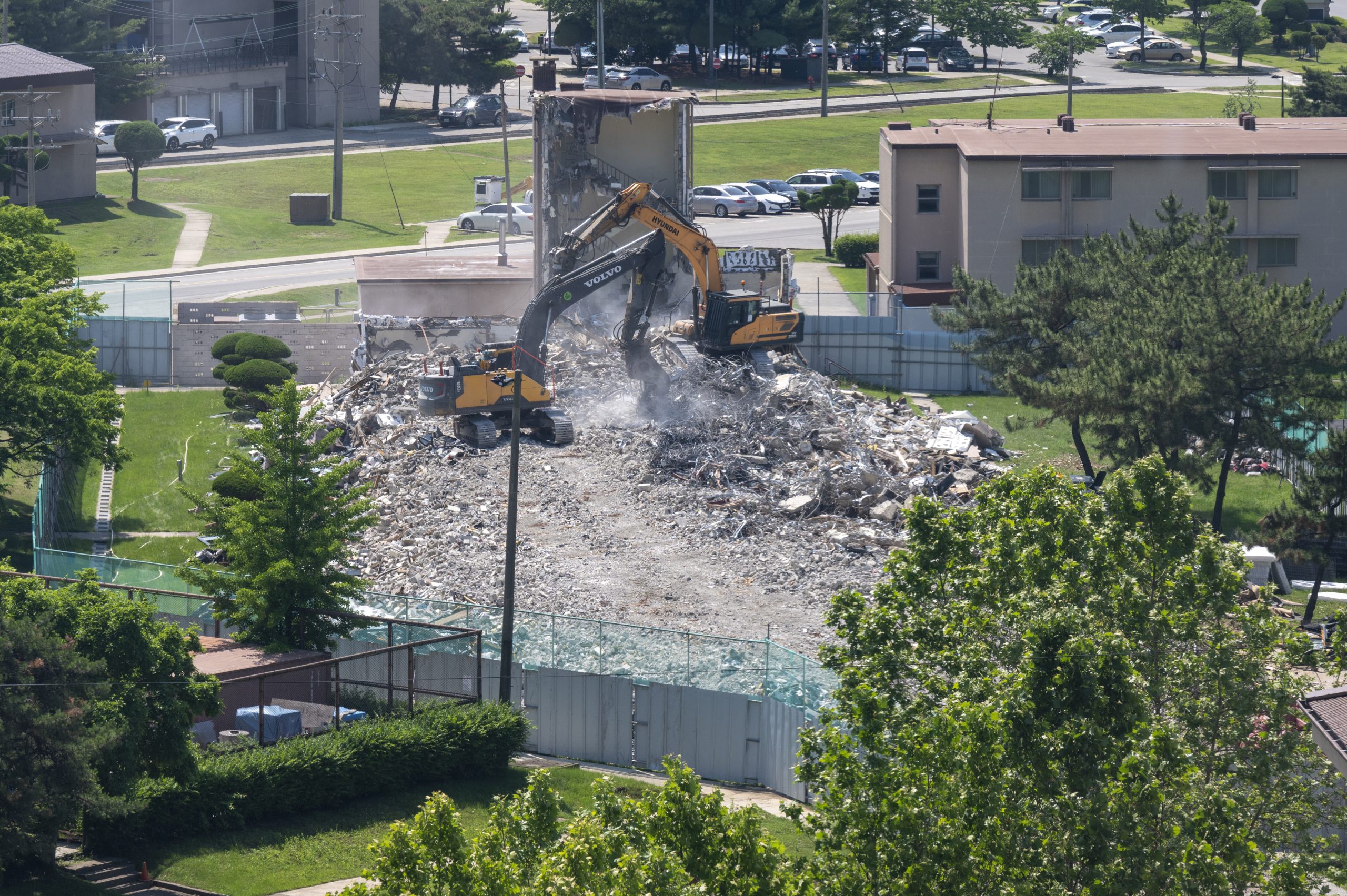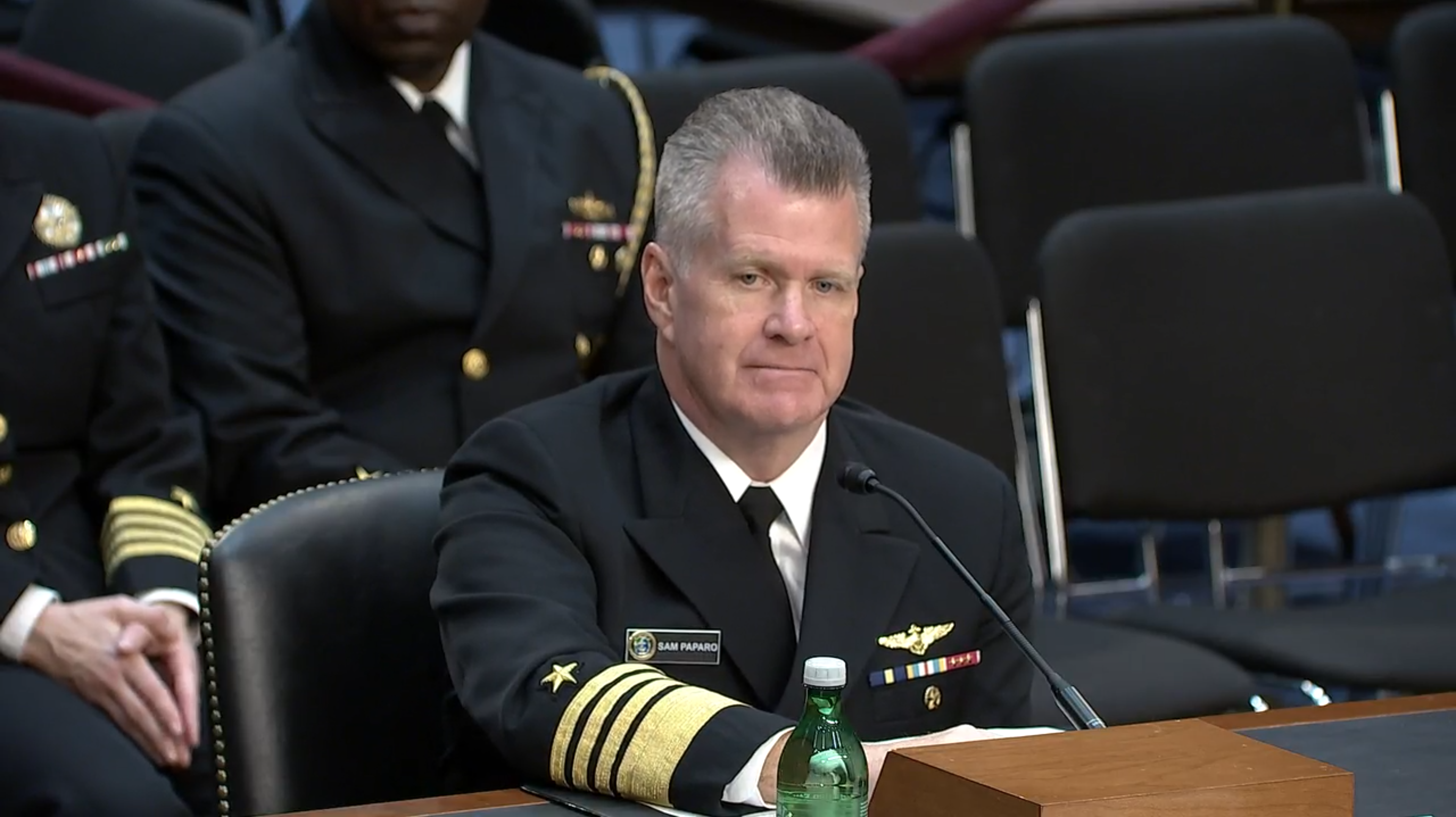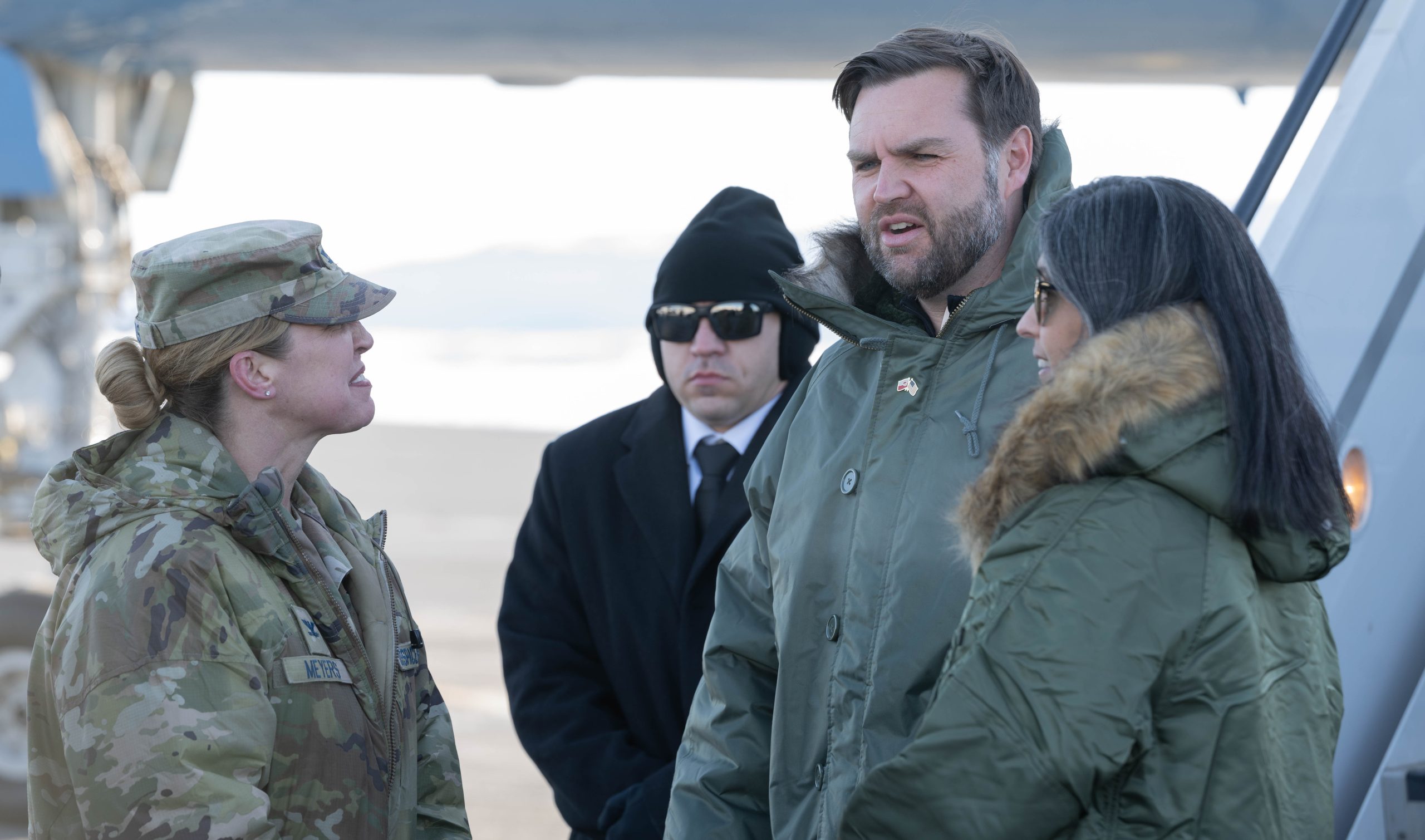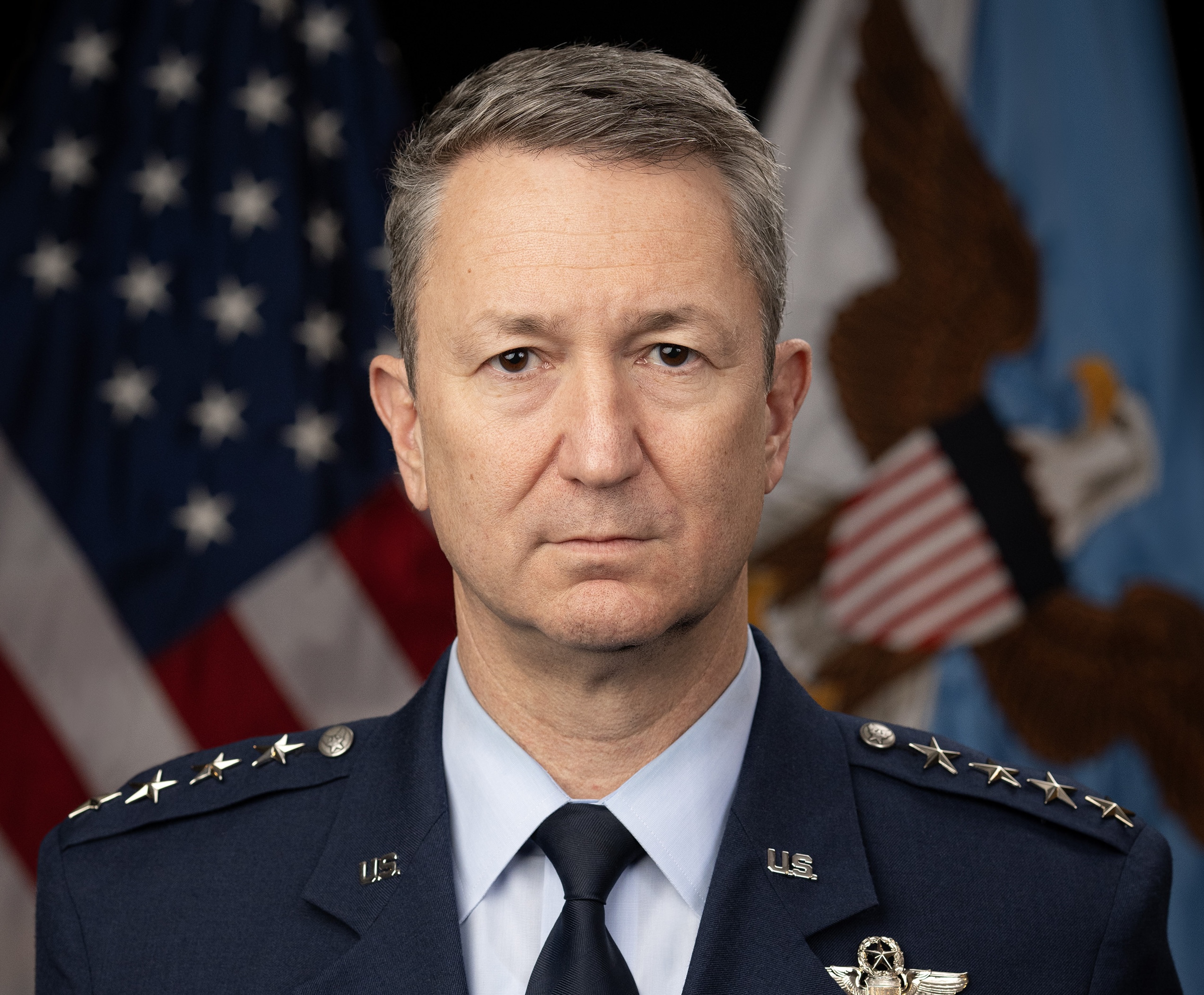The Air Force’s top enlisted member told lawmakers last week that the service must demolish hundreds of unneeded buildings, a move that would pay a “10-to-1 return on investment,” particularly for improving quality of life for service members, rather than spending money on their upkeep.
In the past 30 years, the Air Force has eliminated 60 percent of its fighter squadrons and 40 percent of its end-strength, but only 15 percent of its installations, Chief Master Sergeant of the Air Force David Flosi told members of a House Appropriations subcommittee at an April 8 hearing on military quality of life.
“Today, 30 percent of our infrastructure is in excess to need,” Flosi said. “I’ve learned no matter how much we work to improve quality of life, we will not get the desired effect as an Air Force If we don’t focus on excess infrastructure.
“It all requires funding and manpower to maintain but provides no benefit to the mission, our airmen, or our nation. Divesting, consolidating, and/or reallocating this infrastructure will free up funding to improve quality of life and the quality of our service.”
Flosi’s remarks further Chief of Staff Gen. David W. Allvin’s argument from last month’s AFA Warfare Symposium: the Air Force has “too much infrastructure” and needs to consolidate to free up funds for more important things.
Notably, neither Allvin or Flosi mentioned Base Realignment and Closure, or BRAC, which has traditionally been an unpopular subject among lawmakers reluctant to lose jobs in their districts.. Instead Flosi’s recommendation to dismantle old infrastructure seemed to gain some traction among subcommittee members, who also tied it to quality of life concerns.
Chairman Rep. John Carter (R-Texas) said he liked the idea of “looking at things that we can demolish, so we don’t have to take care of them.”
Carter asked the enlisted chiefs from each service at the hearing if there are any policy changes that would help them “alleviate capacity shortages” outlined in a 2023 Government Accountability Office report that detailed barracks with unacceptable health, safety, and privacy concerns.
Sergeant Major of the Marine Corps Carlos Ruiz told Carter the recommendations in the GAO report prompted Commandant Gen. Eric Smith to launch a “very focused approach to human beings and getting after the infrastructure.
“We do need help with, as Chief Flosi stated, the amount of buildings that I need to knock down. It’s an expensive [thing] there to do, sometimes more expensive than building anew.”
The Air Force plans to invest more than $1 billion over the next five years to cover sustainment, restoration, and modernization of the service’s dormitories, Flosi said, adding that “we do not have any of our dorms in failing condition today across the Air Force.”
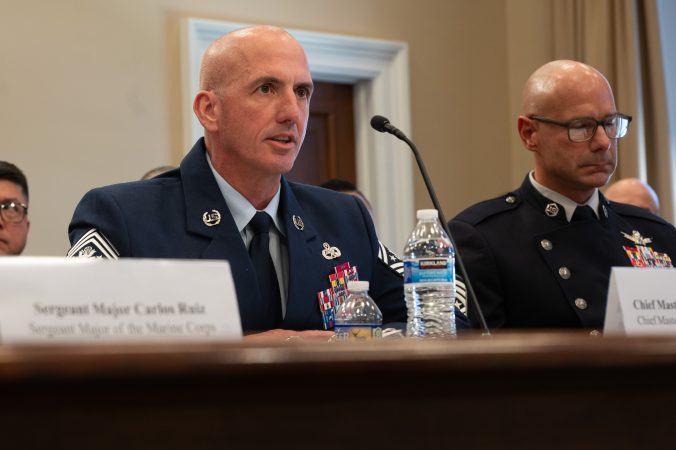
“What we’re trying to do, much like my Marine counterpart here, is we’re trying to balance excess infrastructure and locations where we have excess infrastructure that we need to get rid of,” Flosi added.
“We’ve done the analysis and, while it is expensive to demolish, we know it’s about a 10-to-1 return on investment. So over time, it’s a really good use of taxpayer dollars to get rid of excess infrastructure and consolidate and focus our resources on the infrastructure we really need to take care of our Airmen.”
Speaking in support of the plan, Rep. Stephanie Bice (R-Okla.) highlighted that the Air Force alone has about 1,200 buildings that are currently vacant, and that the entire demolition budget for all the services combined is just $75 million.
Bice added that continuing to maintain these unneeded buildings is taking resources away from military branches that could be better spent on other priorities.
“And so I want to encourage our folks that, when we’re looking at our appropriations package, to potentially increase that so that we can raze some of these buildings, take the workload off of your plates and allow us to continue to really focus on the mission at hand,” Bice said.
